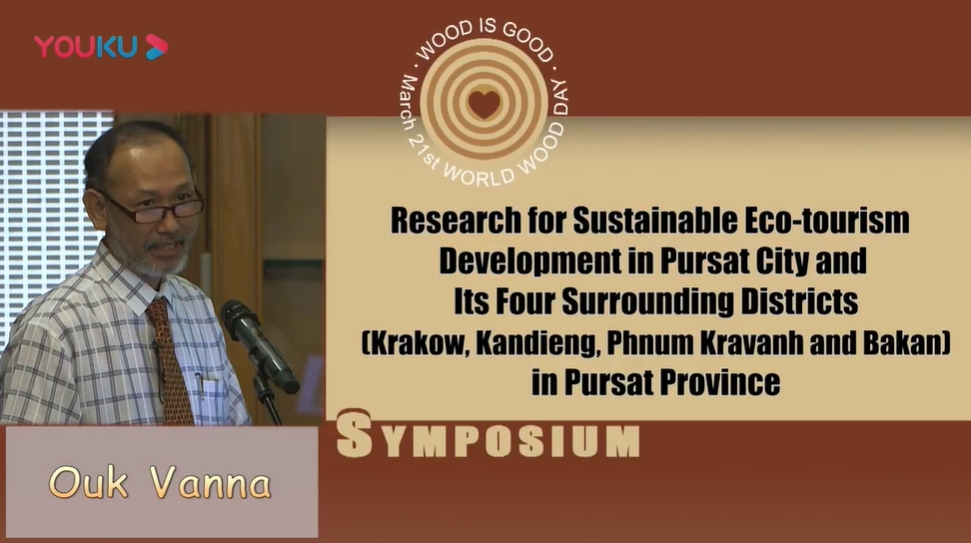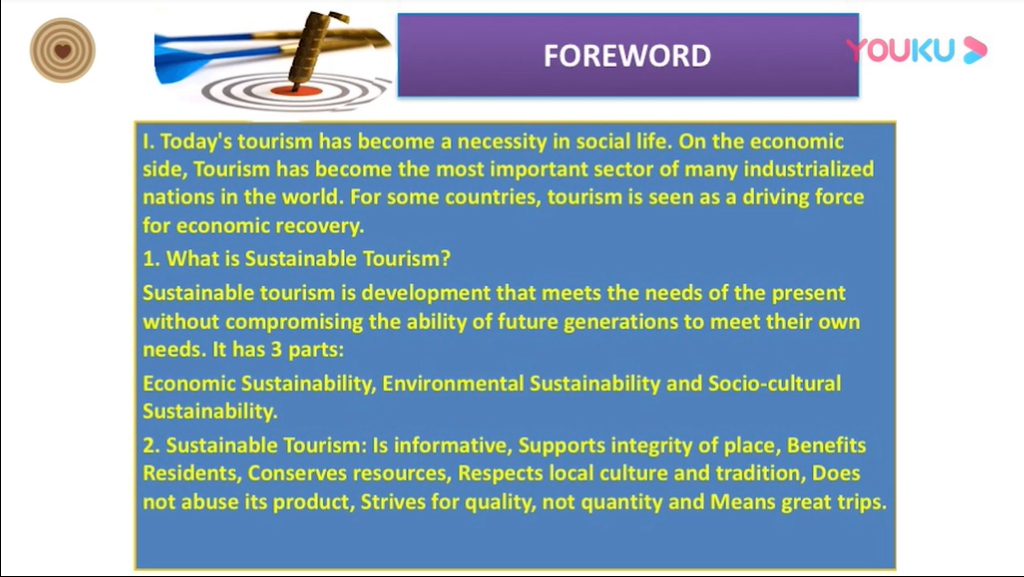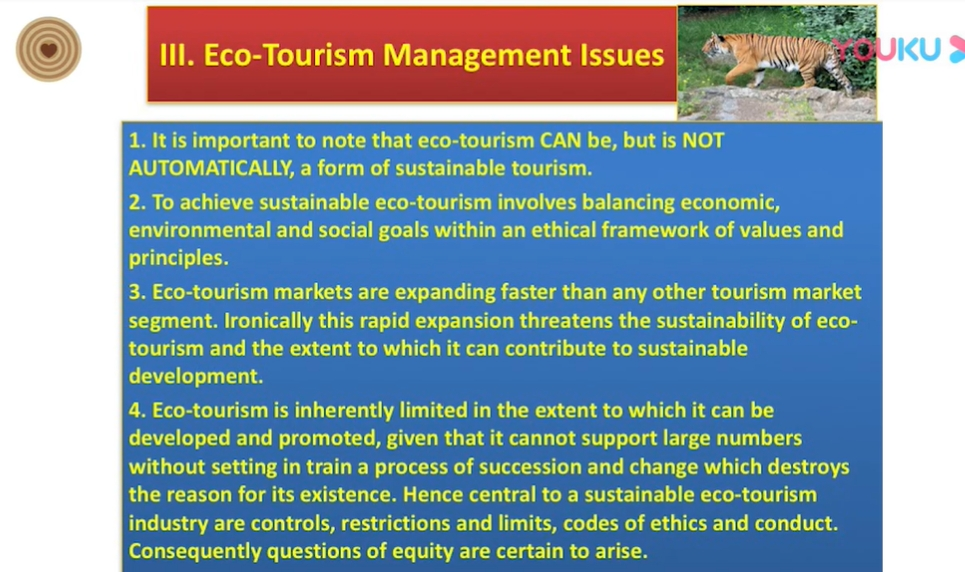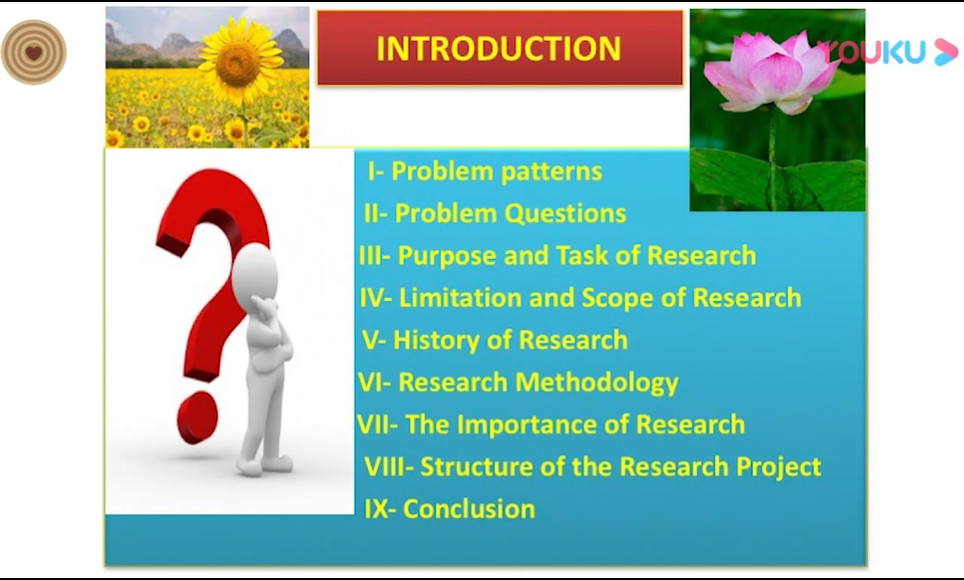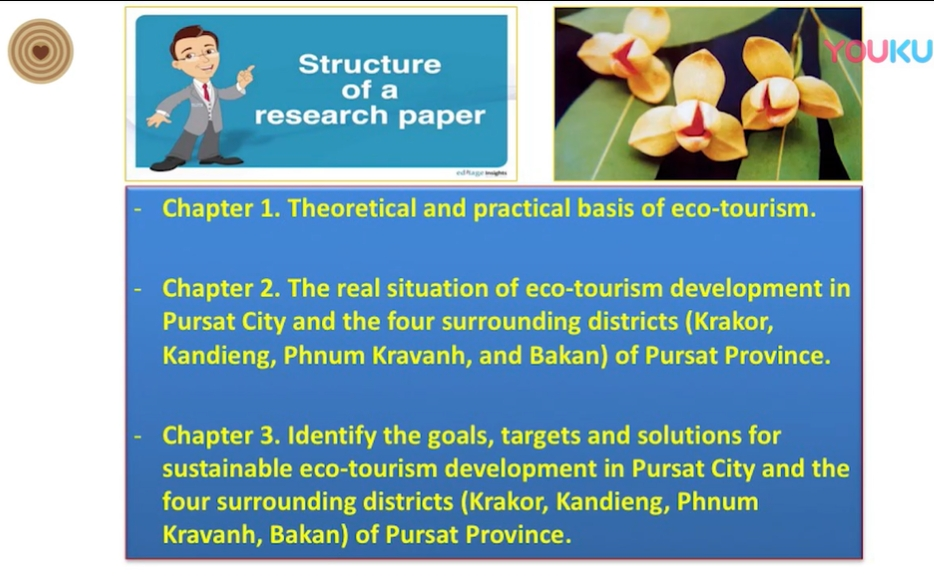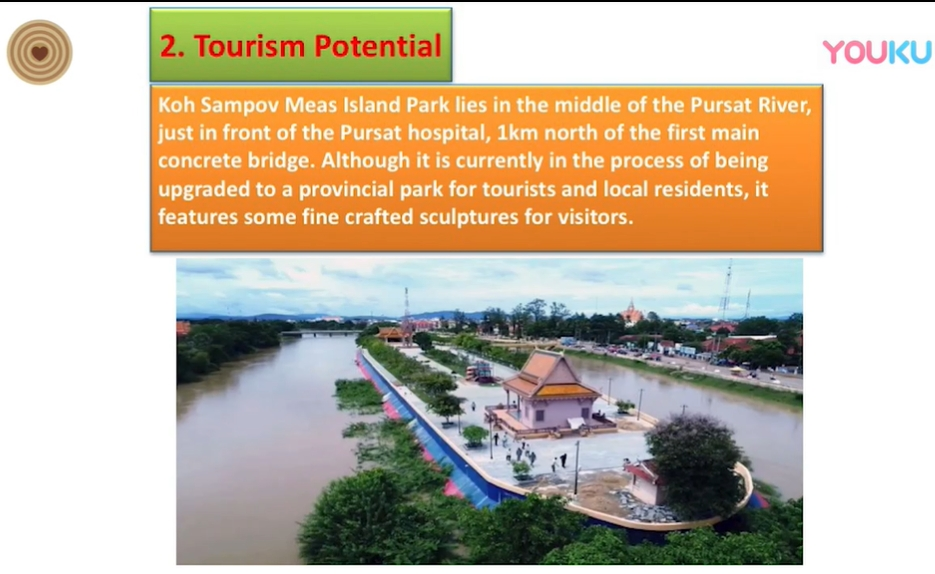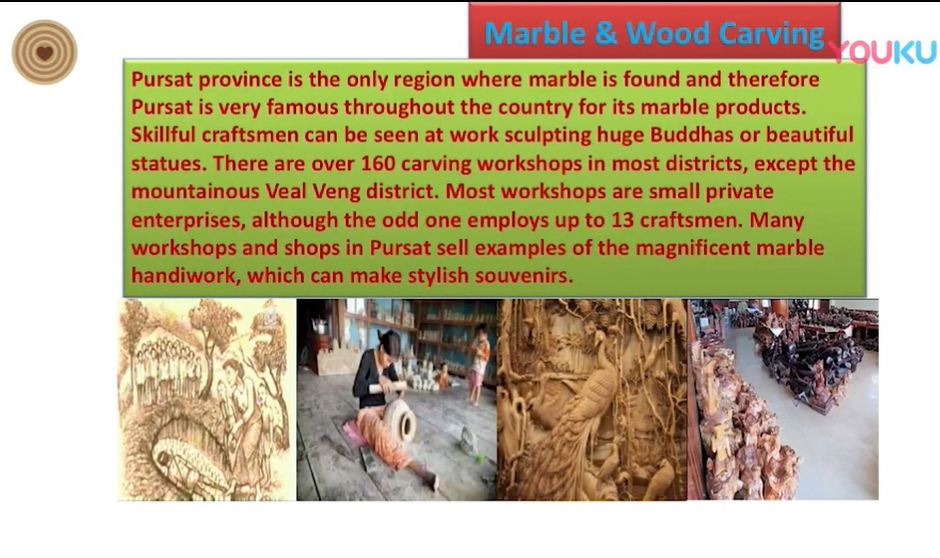会议时间:2018年3月21-23日
会议地点:柬埔寨 · 暹粒
演讲嘉宾:Ouk Vanna, Royal Academy of Cambodia
摘要:Today's tourism has become a necessity in social life. On the economic side, tourism has become the most important sector in the industrialized world. For some countries, tourism is seen as a driving force for economic recovery.
However, due to the irrational exploitation of resources management and a lack of science for socio-economic development, natural resources and tourism resources in many countries in the world, including the country are subjected to significant influence and it is in the process of exhausting excessive negative impact of the disasters that have occurred in many places . Tourism is an industry that is closely related to the environment. In tourism development, the most important factor influencing the speed of development and operation is the source of incentives to attract tourists while economic development, tourism has also changed to serve the needs of the people.
A new form of tourism attracting social attention is eco-tourism. You focus on local resources on conserving and developing local communities that make you more attractive to developing countries. You are defined as a specific tourist type with the potential of tourism in Cambodia. In the past, and even now, the people are still understood in the obscure "dim" mode. Many people have violated environmental terms, such as ‘’GREEN", "ECO", in connection with a number of terms: Program-ECOTOUR, ECO TRAVEL, ECO VACATION and Ecological Tourism -ECO TOURISM does not understand (or deliberately disagree) its true meaning. The ideas of investors and business owners in tourism are more positive and deeper. But the knowledge about ecology, biodiversity, and the demonstration of their services goes against the principles and characteristics of the development of the people.
Pursat town of Pursat Province, is a province in the delta along the Tonle Sap River, with a long river length, splitting in the middle, and having great potential for significant tourism development. It can be said that there are some places in our country with a large area of not more people, but focusing on valuable tourism resources such as Pursat town, including 7 Communes (Sangkats) and the surrounding four districts of Krakor- Kandieng - Phnom Kravanh and Bakan Districts, there is virtually no limit (Big Potential) to any field. In recent years, the Pursat-specific social economy and tourism sector has made remarkable progress. But in fact, it is still unsatisfactory to the strength of the potential of the province or town. Some economic indicators such as gross domestic product per person is still lower compared to the average across the country's economic structure has changed, with a slow, especially tourism indicators such as number of visitors based tech equipment to serve the small-scale tourism Xinhua-time specialized services not clear Con. It is important to use existing resources and also to destroy a large number of businesses without investing in sustainable development. In addition, there is no clear planning, investment plan, strategy for development of the whole tourism infrastructure system, and proper urbanization and rural development. All state institutions have not yet been well-suited to management, professional and specialized action to collaborate on the system of disciplines, disciplines, and technical sciences, act effectively and truthful. Research has found a number of solutions to develop the tourism economy in the form of development, according to a new topic, "Eco-tourism developing research in Pursat town and the surrounding four districts of Krakor- Kandieng - Phnom Kravanh and Bakan Districts for sustainability", to contribute to share valuable knowledge and contribute to the spirit of self-determination and budget help people living in this province to reside in the same countries in the region and as the world.
Research for Sustainable Eco-tourism Development in Pursat City and Its Four Surrounding Districts (Krakor - Kandieng - Phnum Kravanh and Bakan) in Pursat Province ——2018世界木材日研讨会
 2,179
2,179
责任编辑:iwcs25L/H


